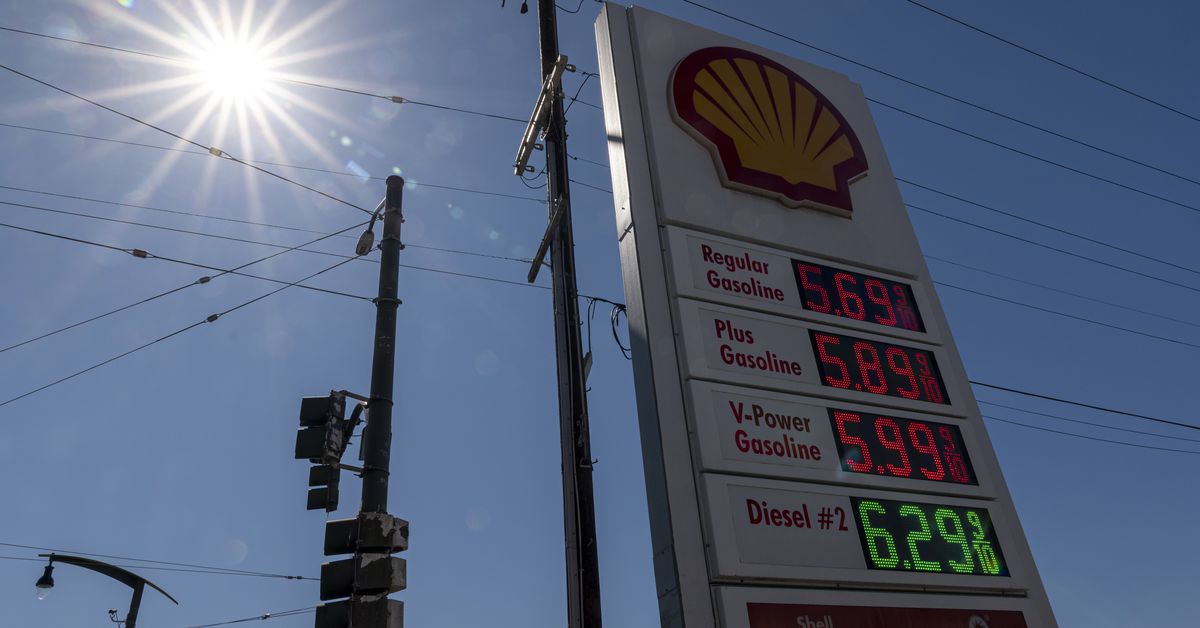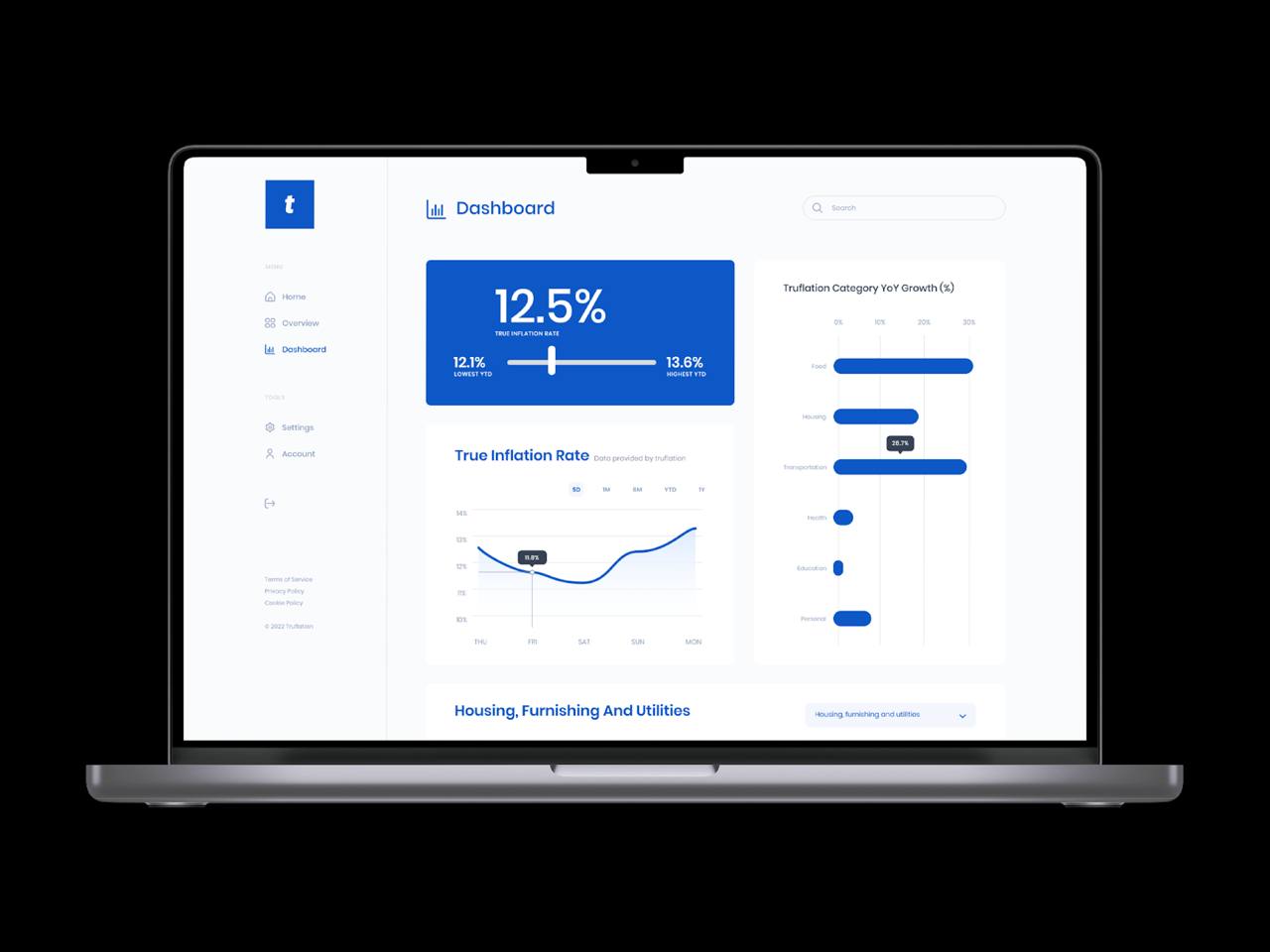
Decentralized finance (DeFi) firm Truflation is building a new gauge to track inflation independent from the government and in real-time. Think of it as a competitor to the Consumer Price Index (CPI), and one where officials can’t move the goalposts.
“The framework that [the government] is using is a hundred years old … and they have continuously tried to evolve that versus taking a fresh approach in an age where we’ve got everything computerized,” Truflation founder Stefan Rust told CoinDesk in an interview.
The team started building Truflation after former Coinbase CTO Balaji Srinivasan challenged Web 3 developers to build a censorship-resistant inflation feed, claiming that “the centralized state isn’t going to provide reliable inflation stats,” and promising an investment of $100,000.
Friday it was announced that Truflation won the challenge.
The key difference between the CPI and the Truflation index is that while the government uses survey data to measure inflation, Truflation looks at price data. The CPI is measured in the form of a survey that collects about 94,000 prices per month for commodities and services and 8,000 rental housing units for the housing component.
“It’s the black box. We don’t know how they made the survey, how they executed it and so on … and the surveys are quite dubious to us as opposed to real price data of the sales point that you can get from real merchants or aggregators,” Rust said.
While the Truflation index is based on the same calculation model as the widely used CPI, it is different because it measures and reports inflation changes daily by using current real-market price data from sources like Zillow, Penn State and Nielsen, among others.
About 40% of the data that is being looked at is the same goods basket that the Bureau of Labor Statistics uses. The remaining 60% is being substituted with data from other sources.
Truflation, which runs on Chainlink and is therefore accessible and visible for everyone, currently measures a 13.2% inflation rate, as opposed to 7.9% measured by the CPI in March.
Caused partly by the COVID-19 pandemic, supply-chain difficulties and governments’ response to those issues, inflation is a hot topic again among policymakers, traders and everyday people.
For decades, the Federal Reserve has used the Consumer Price Index (CPI) and the Personal Consumption Expenditures Price Index (PCE) to track and compare how much prices have risen but some people are skeptical about the reliability of those figures, arguing that some important data points aren’t included and that there is a variance within the average basket of goods that is not taken into account.

A look at the Truflation dashboard. (Truflation)


